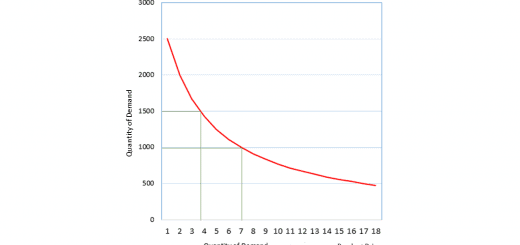Dilutive vs Non-Dilutive Secondary Public Offering – Difference
Dilutive Secondary Offerings
A dilutive secondary offering (known as a subsequent offering or follow-on public offering) is a type of offering in which a company creates new shares to be offered to the public on the secondary market. This approach dilutes the shares held by existing shareholders of the company.
Dilution is caused due to the increase of number of total outstanding shares of the company, and it results reducing the earnings per share (EPS). This offering happens when a company’s director board needs to increase the share float to sell more equity, in exchange to offset debts or get cash for the financial needs.
Non-Dilutive Secondary Offerings
A non-dilutive secondary offering is a type of offering in which shareholders in a company sell portions of their holdings to potential new investors. The company will not create new blocks of shares to be offered to the public in non-delutive offering.
This kind of secondary offering is common in the years following an IPO.
Differences of Dilutive Secondary Public Offering and Non-Dilutive Secondary Public Offering
Differences between Dilutive and Non-Dilutive Secondary Public Offering are explained in the below table,
| Dilutive Secondary Public Offering | Non-Dilutive Secondary Public Offering |
|---|---|
The company itself creates and places new shares onto the market. | The company does not create new shares. The existing shareholders sell their holdings to interested investors. |
The number of outstanding shares of the company will be increased. | No change to the number of outstanding shares of the company. |
The transaction is between potential shareholders and the company. | The transaction is between potential shareholders and existing shareholders. |
Learn More with LearnBusinessConcepts.com
- Initial Public Offering (IPO): Explanation, Steps & Examples
- Advantages & Disadvantages of Initial Public Offering (IPO)
- Bonus Issue: Explanation, Calculation & Real World Examples
- Advantages and Disadvantages of Bonus Issue


